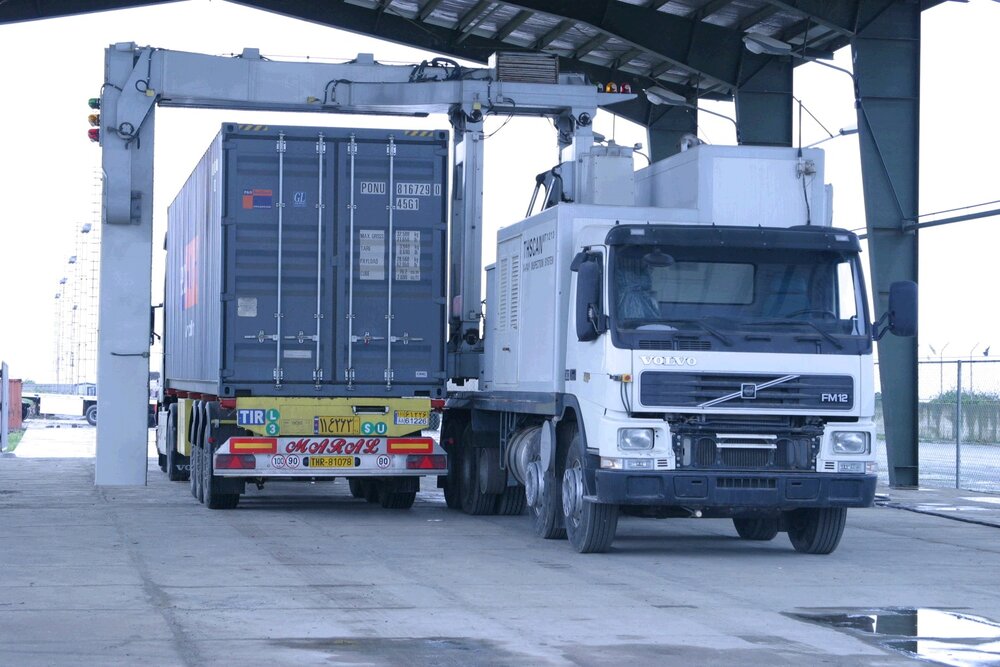Major strategies to boost trade between Iran, Armenia

TEHRAN- Expansion of trade with the neighboring countries, especially boosting exports to the neighbors is one of the major policies that Iran is seriously pursuing to nullify the effects of the U.S. sanctions on its economy.
In this regard, given its good political and cultural relation with Iran, the neighboring country Armenia is one of the major trade partners of Iran and the Islamic Republic is taking different measures to expand trade ties with this neighbor.
Iran’s signing a free trade agreement (FTA) with Eurasian Economic Union (EAEU) has noticeably affected its trade relation with Armenia.
Based on the agreement, which was finally reached in 2018 after several years of negotiations, about 862 commodity items are subject to preferential tariffs.
The interim agreement enabling formation of a free trade area between Iran and the EAEU was signed on May 17, 2018 and officially came into force on October 27, 2019.
Iran is a very important market in the region and development of ties with this country is of high significance for the EAEU members (Russia, Belarus, Armenia, Kazakhstan and Kyrgyzstan).
The free trade agreement between Iran and this union has laid the ground for the expansion of trade ties between the two sides.
Back in January 2020, the Head of Iran-Armenia Joint Chamber of Commerce and Industry Hervik Yarijanian said the preferential trade agreement between Iran and EAEU has had a significant impact on the country’s trade relations with Armenia.
According to the official, the volume of trade between the two countries has witnessed an outstanding rise since the agreement became effective.
Iran mainly imports red meat from Armenia, while Armenia imports polymer raw materials, machinery, industrial gases, manufactured artifacts, leather and leather goods from Iran, he said.
Establishment of neighboring free trade zones (FTZs) is another measure that can boost bilateral trade between Iran and Armenia.
As stated by Yarijanian, setting up such zones on the borderlines can boost Iran-Armenia trade to over $1.2 billion in less than a year.
Saying that trade between Iran and Armenia has fluctuated up to $500 million in recent years, he noted that Mogri Free Zone in Armenia will soon be set up next to Aras Free Zone in Iran, which could increase the volume of trade between the two countries.
This proximity provides more free conditions for both countries to facilitate exchanges and can increase trade between the two sides to $1.2 billion in less than a year, he added.
“On the other hand, for the growth of trade between the two countries, due to the common border, we should consider exemption facilities for the entry and exit of some goods, and exclude countries with commercial interests from related laws”, the head of Iran-Armenia Joint Chamber of Commerce further stressed.
“Currently, there is a good market for Iranian goods in this country, which we can get, but the imposition of some import bans in the mid-term will make this market out of Iran's access”, Yarijanian noted, adding, exports and imports in the two countries must be balanced, because if exports increase and import bans are imposed in the mid-term, trade between the two sides will face obstacles.
Holding exhibitions in the other country is the other main strategy to cement trade ties between the two neighbors.
One of the ways to enter the markets of other countries is to hold and participate in exhibitions, and the Eurasian market is one of the most important commercial spaces due to its location in the region and its proximity to Iran.
Hassan Mortaji, a member of Iran’s Committee of Foreign Events, says, “Armenia has demanded the replacement of some items by Iran, and now that this market is available for our country, we can introduce and offer goods and services by holding various exhibitions.”

Leave a Comment